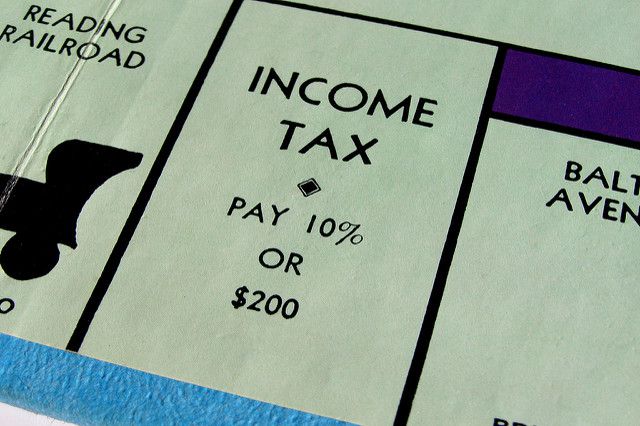A Primer on Exchange Traded Funds: Costs and Benefits
Utzinger, Robert2018-07-04T19:37:46+00:00Ernesto Garcia
April 30, 2018
Exchanged Traded Funds (ETFs) have been around since 1989. By the end of 2017, global ETF assets totaled $4.569 trillion. The main reason ETFs have become so popular is straightforward—an individual investor can own, through the ETF, a basket of assets that... Read more



